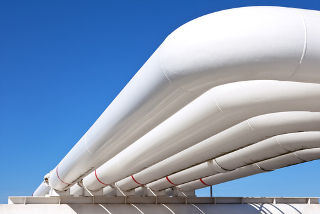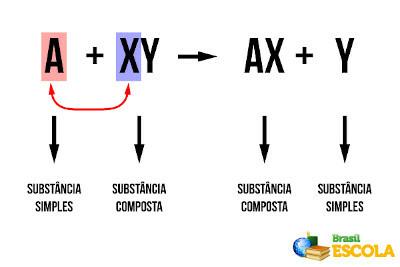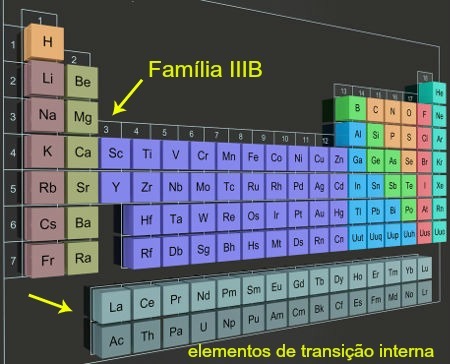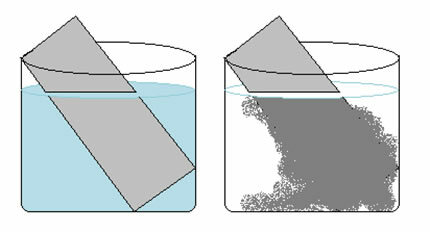The use of fossil fuels, such as petroleum derivatives, coal and natural gas, to generate energy has produced tons of carbon dioxide (carbon dioxide - CO2) that are being released into the atmosphere. For this reason, the CO2 he became the great villain in the intensification of the greenhouse effect, which leads to global warming of the planet, with consequences that can be devastating.
Thus, there is an urgent need to reduce CO emissions.2 for the atmosphere. One of the alternatives would be the CO capture2 released by industries and power plants and burying it underground, process known as kidnapping. However, in addition to being a very expensive process, there is the problem that, over time, this carbon dioxide tends to rise through the pores and fissures of the soil and escape back into the atmosphere.
A possible solution to this situation is being proposed by researchers such as the professor of petroleum engineering and geosystems at the University of Texas, in Austin, Steven L. Bryant
, who directs the Groundwater Security Borders Center and is responsible for an industry-funded research program that focuses on CO storage2 geological. In your article titled “An integrated solution for carbon" and published in rit is seen Scientific American Brazil, No. 139, December 2013, pages 64-69, he describes one of these proposals which basically consists of capture the CO2 emitted before it goes into the atmosphere and dissolves it in brine captured from the subsoil, which is later returned to the ocean floor.This is possible because when the CO2 is dissolved in water, it makes the liquid denser, contrary to what happens with many gases. Thus, the carbon dioxide dissolved in the brine would tend to sink and would not escape into the atmosphere, it would be more securely stored underground.
However, the dissolution of carbon dioxide in brine at ambient temperature and pressure conditions takes a long time. Therefore, it would be necessary to drill a well to the underground brine that is at high temperatures and under high pressures, transport it to the surface, compress it, inject the CO2 and return it to the underground again.
The establishment of this process is very expensive and considered unfeasible. However, an idea to resolve this issue was suggested by the professor of petroleum engineering at the University of Texas at Austim, Gary Gope, which was to explore the Gulf of Mexico, which has deep aquifers rich in dissolved methane. The solution is to extract this methane from the brine, which is the main component of natural gas, and use it to generate electricity. To get an idea, some calculations have already indicated that the underground brine on the American coast of the Gulf of Mexico is capable of storing one-sixth of the gas emissions carbon dioxide produced by the United States and, at the same time, can also meet one-sixth of the demand for natural gas in this parents.

Pipes with natural gas (methane), oil and water
In addition, one more aspect could offset the expenses: less than 64 km from the Earth's surface there is a layer called magma, whose temperature is extremely high, reaching 6000°C. Thus, these aquifers are hot enough to make brine captured from underground a good source of geothermal energy. The geothermal energy currently used is based on capturing the steam generated in the reservoirs of water and steam that even boils in contact with the magma, through tubes and pipes appropriate. This steam makes turbine blades rotate, and a generator transforms mechanical energy into electrical energy.
Do not stop now... There's more after the advertising ;)

Geothermal Power Station
Thus, the combination in a single system of these three processes (store CO2 underground, extracting methane from the brine and obtaining geothermal heating from that brine) becomes an economically viable process, as it is self-sustainable.
To better understand how this process works, which is a closed circuit, see the table below:

CO Dissolution Process Scheme2 in underground brine
1. The deep subsoil brine is captured. Thanks to its depth, it is under high pressure and therefore the energy to bring it to the surface is very small;
2. This brine contains dissolved methane, and when it reaches the surface, the pressure decreases and part of this gas comes out. of the brine, being captured and transported by pipeline to be used as a source of energy (gas Natural);
3. The brine goes to a heat exchanger, where it heats a water circuit, which is sent to nearby buildings. This geothermal energy can be used to heat environments, water in homes and in heat exchangers that convert hot air into cold air in air conditioners;
4. the CO2 it is injected into the cold brine, which causes more methane to come out of it and is also carried by pipelines, obtaining a greater amount of natural gas;
5. The brine containing the CO2 dissolved and under high pressure it is pumped again to the subsoil from which it was taken, and the carbon dioxide is stored there permanently.
When large volumes of liquid are injected underground, there is a danger of earthquakes. However, in this process, at the same time that brine is injected, brine is also removed, so there is no such risk. It also requires very careful construction and operation to prevent methane leakage.
These ideas are still under development, but it is known that to build all the necessary apparatus for a system like this, it would take time and costs that could be passed on to consumers of electricity. But any other measure to significantly reduce CO emissions2 to the atmosphere would also be costly and time consuming. It remains to be seen whether this brine-sequestration technique actually works as it seems to work in theory.
By Jennifer Fogaça
Graduated in Chemistry



